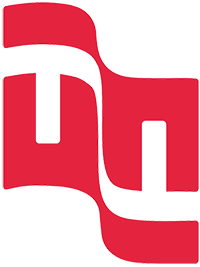Customers start to feel uncomfortable for what they pay. Asked about lower productivity and quality, developers respond, "This is the Way." Then comes the Scrum Guide 2020.
The Scrum 2020 Guide Update
After three years, scrum creators updated the Scrum guide in November 2020. Although 2020 is not history so the update is important for Software Manager. This is because its main impact is on the reflection of corporate governance objectives in agile development management.
What's changed with the Scrum Guide 2020
First, Team Scrum continues to be a functional cross team with the Product Owner, the Development Team and scrum master. However, this team is no longer self-organized. The new version establishes that the team is self-managed. Therefore, it tries to prevent teams from taking the prerogative of self-organization to avoid making any commitments.
The team manages itself to deliver its commitments to meet the objectives.
Dai, there is already a need to better explore these objectives; another item that changes in the new tab.
Commitments and objectives in the Scrum Guide 2020
The Scrum 2020 Guide places commitments associated with Product Backlog, Sprint Backlog, and Increment. In this way, the Product Objective provides the context of the Product Backlog. That is, it is the business need – the problem or the motivating opportunity of change – behind the Product Backlog. Additionally, it is the motivation for The Scrum Team to be working. It should be measurable in terms of business results. And also be visible to the Scrum Team and their stakeholders.
The Sprint Objective, related to the Sprint Backlog; and the Definition of Done, relative to increment, are also commitments included in the Scrum Guide 2020. It is worth exploring a little more these goals in particular the definition of Done.
Avoiding waste and giving transparency to development
The new version of the Scrum 2020 Guide seeks to make Scrum a minimally sufficient framework. Therefore, it does not provide and does not intend to give detailed references to process management, in the same way as its previous versions. However, when defining these objectives and commitments as mandatory, it should provide development management managers with references to do this in line with corporate governance objectives.
Different levels the same cadence
The Scrum Guide does not define the concept of Release. We use Release as a higher-level milestone in relation to the delivery of a Sprint. And it states, that an increment must be usable to provide value.It also establishes that the time when a Product Backlog item meets the done definition is born, an increment is born.
The key to understanding release, is in different done references. At the highest level, the maturing of features allow the release of a new product increment, whose done is related to (a) homologation or acceptance of the user.
This higher level differs from the level of Sprints, because in the latter the objectives are related to (b) providing experimentation, getting feedback and promoting learning about how these new features are incorporated into the product.
There are cases of development where other higher levels are needed. And the need for higher levels is not universal. However, where the problems mentioned arise, the adoption of these different levels of objectives is an important component of the solution.
Therefore, this does not conflict with continuous development; just puts the release of new matured features over a few Sprints in another cadence over the cadence of Scrum Sprints. In the planning and monitoring of this cadence is where the function points and productivity indicators are included.
APF as a pivot in the organization of development
If you're not comfortable with what you pay for software, new Releases take too long, bring too many defects, and expenses only go up, so using higher-level metrics than those used internally to Scrum can be a means to solve these problems. When measuring, the software manager needs to do something that is now clearly your responsibility:
- Organize the work in order to avoid waste and align the effort invested with the interests of the "owner".
There are several decisions to make this a reality.
FATTO can help you address these challenges
The team must make commitments according to the requirements of operational efficiency and transparency determined by corporate governance. And that's very clear in the new version of Scrum.
FATTO can help you from managing change with your Supplier Management services to operating a Budget Center or metrics office to absorb all measurement work. If you want to better understand how this works, my WhatsApp is +55(27)98123-9100.



